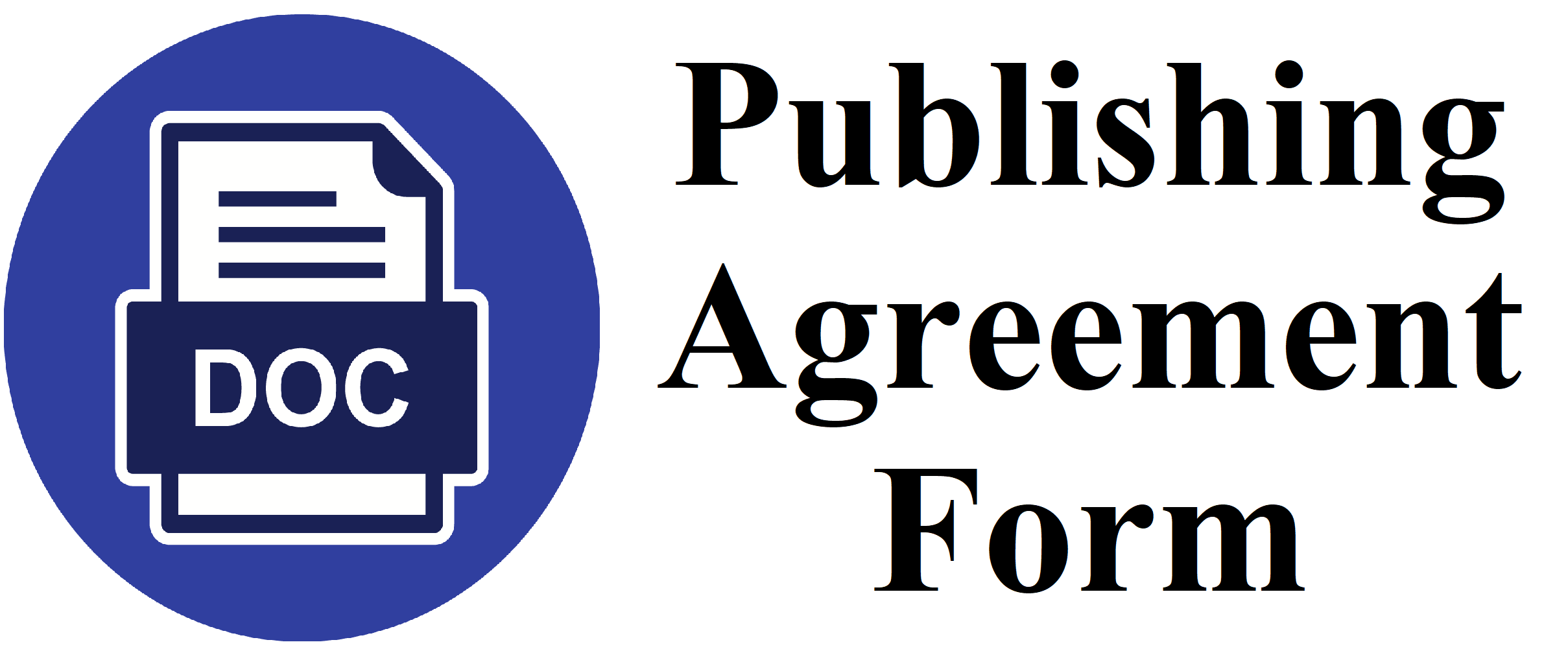Preliminary Study: Increased Profile of PAI-1 in Lung Cancer Patients Receiving Chemotherapy
DOI:
https://doi.org/10.36497/jri.v38i1.139Keywords:
lung cancer, chemotherapy, PAI-1, RECISTAbstract
Background: Lung cancer has the highest mortality rate in the world. Lung cancer management requires biomarkers to evaluate the chemotherapy response. Levels of Plasminogen Activator Inhibitor-1 (PAI-1) in malignancy >14 ng/ml shows poor prognosis. Increased levels of PAI-1 are associated with stage, metastasis, and prognosis of lung cancer. The chemotherapy is thought to decrease PAI-1 levels. The aim this study is analyze the profile of PAI-1 levels before and after 3rd and 6th chemotherapy cycle and their changes by type of lung cancer and Response Evaluation Criteria in Solid Tumors (RECIST). Methods: This research was conducted from December 2016 to December 2017 at RSSA Malang. The study design was a cohort of 18 lung cancer patients. PAI-1 levels were measured by ELISA in 18 lung cancer stage III or IV patients before (PAI-1(1)) and after 3rd chemotherapy cycle (PAI-1(2)), and 9 patients after 6th chemotherapy cycle (PAI-1(3)). Average PAI-1 levels are presented in tables and graphs. Result: PAI-1(1) 2,151±0,564 ng/ml, PAI-1(2) 1,951±0,534 ng/ml, and PAI-1(3) 1,647±0,495 ng/ml. PAI-1 levels in non-small cell lung carcinoma (NSCLC) were 1.658±0.562 ng/ml and small cell lung carcinoma (SCLC) were 1.609±0.244 ng/ml. Levels of PAI-1(2) in partial response 1.784 ± 0.363 ng/ml, stable disease 1.980 ± 0.304 ng/ml, and progressive disease 2.020±0.635 ng/ml. Levels of PAI-1(3) in the partial response 1.427 ± 0.324 ng/ml and in progressive disease 2.085±0.532 ng/ml. Conclusions: PAI-1 levels in patients with stage III and IV lung cancer after chemotherapy were lower than before chemotherapy, and showed changes corresponding to the response according to RECIST. PAI-1 levels in NSCLC are higher than SCLC. (J Respir Indo 2018; 38(1): 48-56)Downloads
References
WHO. Cancer Country Profiles 2014: Indonesia. 2014. Available from: http://www.who.int/cancer/country-profiles/idn_en.pdf.
Jusuf A, Yahya WS, Hermansyah E. Epidemiologi Kanker Paru: Dasar-Dasar Diagnosis Kanker Paru. Edisi I. Jakarta: Universitas Indonesia (UI-Press); 2017: p. 1-9.
Dang T, Carbone D. Cancer of the Lung. Devita, Hellman & Rosenberg’s Cancer. Principles and Practice of Oncology. 8th Ed. Lippicott Williams & Wilkins; 2008; p. 887-966.
Taufik FF, Susanto AD, Simarmata E, Faisal HD, Jusuf A. Faktor Risiko Kanker Paru. Dasar-Dasar Diagnosis Kanker Paru. Edisi I. Jakarta: Universitas Indonesia (UD Press); 2017: p. 11-23.
Alamsyah A, Nopianto. Determinan Perilaku Merokok pada Remaja. Journal Endurance. 2017; 2(1):25-30. Available from: http://ejournal.kopertis10.or.id/index.php/endurance/article/view/1372.
Badan Penelitian dan Pengembangan Kesehatan Kemkes RI. Riset Kesehatan Dasar 2013. Kemkes RI. Jakarta. 2013: Hal. 134. Available from: http://www.depkes.go.id/resources/download/general/Hasil%20Riskesdas%202013.pdf.
Sulistyoningrum SC.Gangguan Kesehatan Akut Petani Pekerja Akibat Pestisida di Desa Kedung Rejo Kecamatan Megaluh Kabupaten Jombang. [Skripsi].Tidak diterbitkan, Fakultas Farmasi Universitas Sanata Dharma, Yogyakarta. 2008. Available from: https://repository.usd.ac.id/2458/2/038114048_Full.pdf.
Yuantari MG. Dampak Pestisida Organoklorin terhadap Kesehatan Manusia dan Lingkungan serta Penanggulangannya. Makalah disajikan dalam Seminar Nasional “Peran Kesehatan Masyarakat dalam Pencapaian MDG’s di Indonesia” di Semarang, 12 April 2011. Available from: http://www.kelair.bppt.go.id/Sitpa/Artikel/Artikel/OCsRev.pdf.
Freeman LE. Pesticides and cancer: World Cancer Report WHO 2014, (Online) 2014. p. 157. Available from: http://publications.iarc.fr/Non-Series-Publications/World-Cancer-Reports/World-Cancer-Report-2014.
American Cancer Society. Lung Cancer Risks for Non-smokers, (Online) 2017. Available from: https://www.cancer.org/latest-news/why-lung-cancer-strikes-nonsmokers.html.
McCarthy WJ, Meza R, Jeon J, Moolgavkar S. Lung cancer in never smokers Epidemiology and risk prediction models. Risk Anal. 2012; 32 (suppl 1): S69-S84. Available from: https://www.ncbi.nlm.nih.gov/pmc/articles/PMC3485693/.
Brambilla E, Travis WD. Lung Cancer: World Cancer Report WHO 2014, (Online) 2014. p.350-361. Available from: http://publications.iarc.fr/Non-Series-Publications/World-Cancer-Reports/World-Cancer-Report-2014.
Perhimpunan Dokter Paru Indonesia (PDPI). Kanker Paru (Kanker Paru Jenis Karsinoma Bukan Sel Kecil): Pedoman Diagnosis dan Penatalaksanaan di Indonesia; 2016: p. 1-50.
Grapatsas K, Leivaditis V, Tsilogianni Z, Haussmann E, Kaplunov V, Dahm M, et al. Epidemiology, risk factors, symptomatology, TNM classification of Non Small Cell Lung Cancer. An overwiew while waiting the 8th TNM classification. Oncomedicine. 2017; 2:14-23. Available from: http://www.oncm.org/v02p0014.htm.
Listyoko AS, Herman, Adhi F, Merdekawati RD. Profil Tumor Paru pada IRNA 1 RS Saiful Anwar Malang Tahun 2015. Makalah disajikan dalam Presentasi Profil Tumor 2015, SMF Pulmonologi dan Kedokteran Respirasi FKUB RSSA, Malang, 21 Desember 2017.
Jusuf A, Syahruddin E, Hudoyo A. Kemoterapi Kanker Paru. J Respir Indo. 2009; 29: 219-27. Available from: http://jurnalrespirologi.org/jurnal/Okto09JRI/Kemoterapi%20paru%20last%20check10.pdf.
Ferrel B, Koczywas M, Grannis F, Harrington A. Palliative Care in Lung Cancer. Surg Clin North Am. 2011; 91(2):403-ix. Available from: https://www.ncbi.nlm.nih.gov/pmc/articles/PMC3655433/.
Magnussen S., Rikardsen O.G., Hadler-Olsen E., Uhlin-Hansen L., Steigen S.E., Svineng G. 2014. Urokinase Plasminogen Activator Receptor (uPAR) and Plasminogen Activator Inhibitor-1 (PAI-1) Are Potential Predictive Biomarkers in Early Stage Oral Squamous Cell Carcinomas (OSCC). PLoS ONE. 9(7): e101895.
Offersen BV, Pfeiffer P, Andreasen P, Overgaard J. Urokinase plasminogen activator and plasminogen activator inhibitor type-1 in nonsmall-cell lung cancer: Relation to prognosis and angiogenesis. Lung Cancer. 2006; 56: 43-50. Available from: https://www.ncbi.nlm.nih.gov/pubmed/17207889.
Duffy M.J., McGowan P., Harbeck N., Thomssen C., Schmitt M. 2014. uPA and PAI-1 as biomarkers in breast cancer: validated for clinical use in level-of-evidence-1 studies. Breast Cancer Research, 16:428.
Ferroni P., Roselli M., Portarena I., Formica V., Riondino S., LaFarina F., et al. 2014. Plasma Plasminogen Activator Inhibitor-1 (PAI-1) Levels in Breast Cancer – Relationship with Clinical Outcome. Anticancer Research 34: 1153-62.
Hasanah M. Kadar suPAR dan PAI-1 pada Pasien Kanker Paru Sebelum dan Sesudah Kemoterapi. [Tugas Akhir]. Tidak diterbitkan, Fakultas Kedokteran Universitas Brawijaya, Malang. 2015
Amin S, Bathe OF. Response biomarkers: re-envisioning the approach to tailoring drug therapy for cancer. BMC Cancer. 2016; 16: 850. Available from: https://www.ncbi.nlm.nih.gov/pubmed/27814715.
Downloads
Published
Issue
Section
License
- The authors own the copyright of published articles. Nevertheless, Jurnal Respirologi Indonesia has the first-to-publish license for the publication material.
- Jurnal Respirologi Indonesia has the right to archive, change the format and republish published articles by presenting the authors’ names.
- Articles are published electronically for open access and online for educational, research, and archiving purposes. Jurnal Respirologi Indonesia is not responsible for any copyright issues that might emerge from using any article except for the previous three purposes.
















